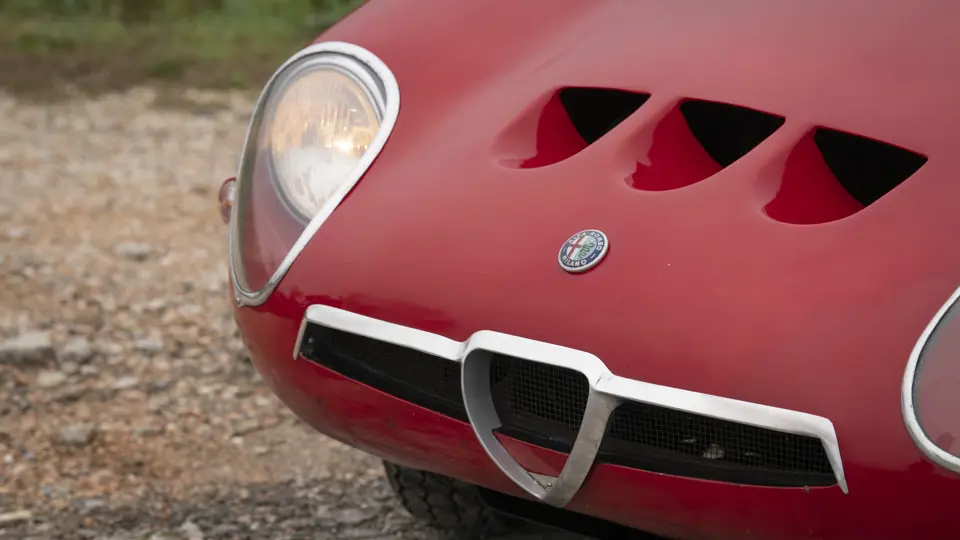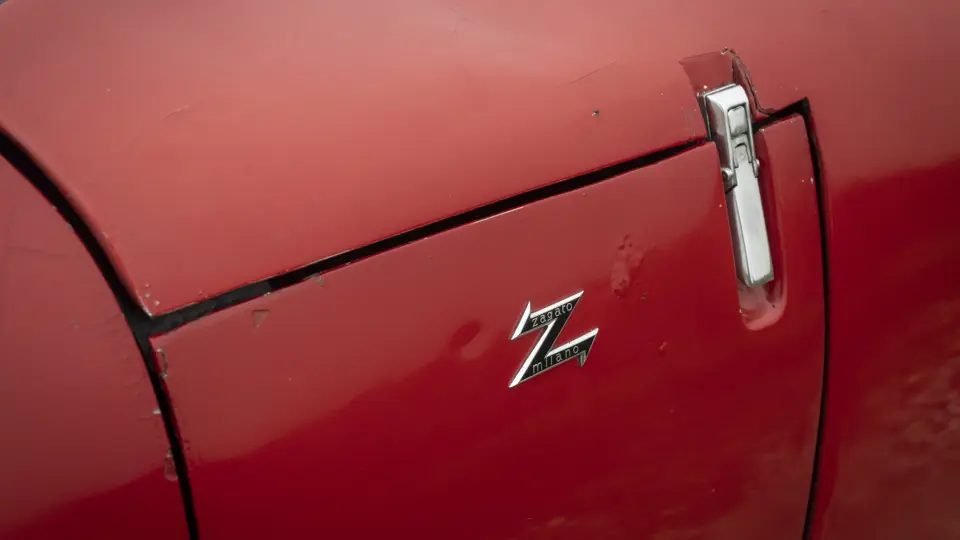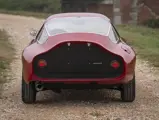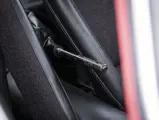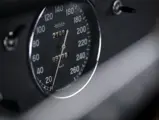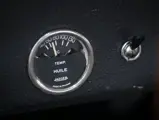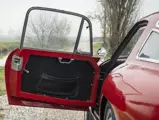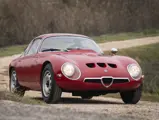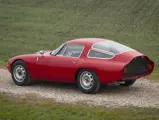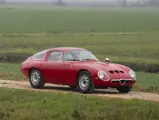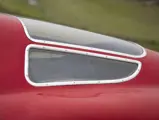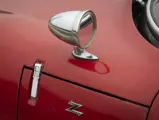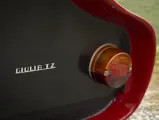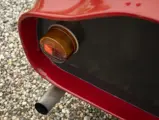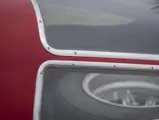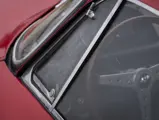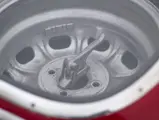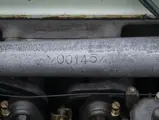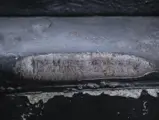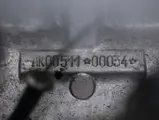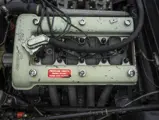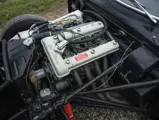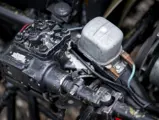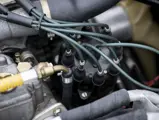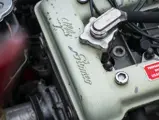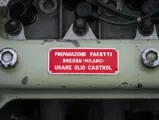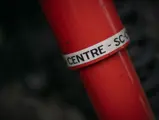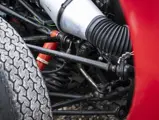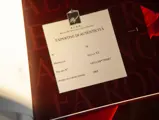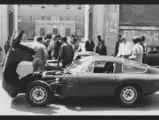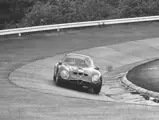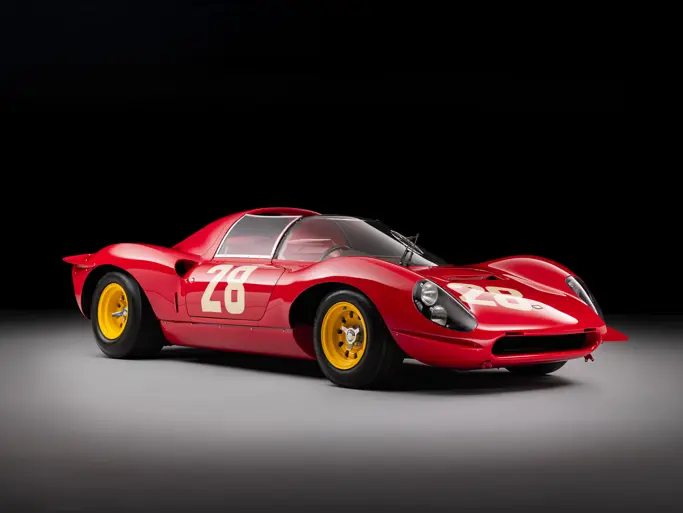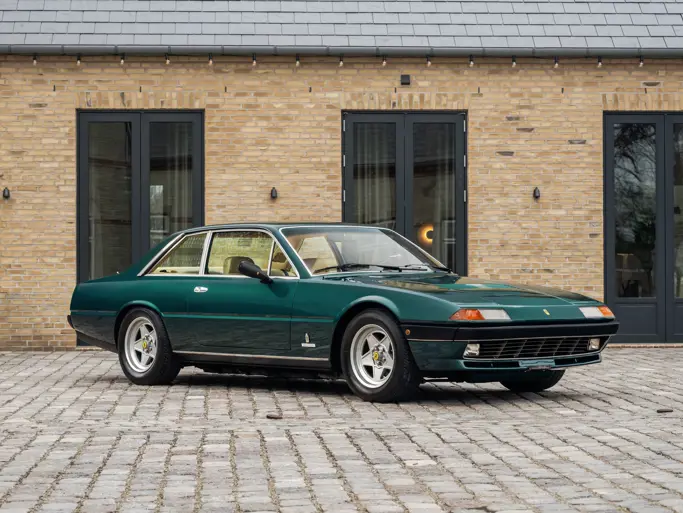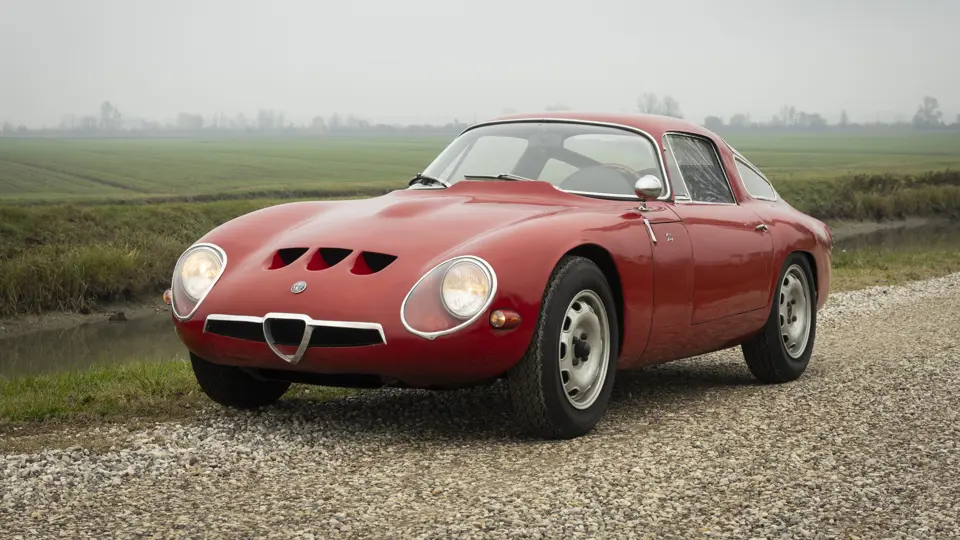
1965 Alfa Romeo Giulia TZ1
{{lr.item.text}}
€1,140,000 EUR | Sold
{{bidding.lot.reserveStatusFormatted}}
- A fine example of one of Alfa Romeo’s greatest racing cars
- Raced in period at the Nürburgring 1000 km and Gran Premio de Mugello
- Offered in unrestored but mechanically well-maintained condition
- Certified by the respected Registro Italiano Alfa Romeo
- Bel exemplaire de l'une des plus célèbres voitures de course d'Alfa Romeo
- Engagée en son temps aux 1 000 km du Nürburgring et au Gran Premio de Mugello
- Proposée non restaurée, mais en bon état d'entretien mécanique
- Certifiée par le Registro Italiano Alfa Romeo, qui fait autorité
Zagato will always be regarded as one of the great coachbuilders and arguably the strongest partnership throughout its history has been with Alfa Romeo. From building bodies on all-conquering 8Cs to producing radical designs such as the RZ and SZ, the two companies have garnered a loyal following amongst true car enthusiasts. One of the partnership’s most successful models was the Tubolare Zagato, otherwise known as the TZ.
The TZ project was born out of the introduction of the 105-series 1,570 cc Giulia. Following on from the marque’s success with the Giulietta SZ, the TZ used an entirely different chassis design in the form of a lightweight spaceframe. The alloy body was a development of the ideas behind the SZ Coda Tronca, utilising a low-drag nose, small frontal area, and a Kamm tail. The running gear was equally advanced, with independent suspension and disc brakes at all corners, a five-speed gearbox, and a limited-slip differential. The design was a success; during 1964 and 1965, the TZ achieved World Sportscar Championship class victories in all corners of the continent, scoring high profile wins on the Tour de France and Targa Florio, and dominating the field at Le Mans, Sebring, Montlhéry, the Nürburgring, Spa, Mugello, Enna, and Bridgehampton.
First mention of this TZ, chassis “750087”, is in an Autodelta invoice to Alfa Romeo on 2 April 1965. The car left the Alfa Romeo production line on 21 July 1965 before being delivered on 8 September 1965 to Alfa Romeo Lugano. According to the Alfa Romeo Zagato Register, it was traded through well-known Alfa racer Karl Foitek to Peter Schetty, another racer who kept it until late 1966. Its next owner was Uli Maurer, who in turn sold this TZ to James Bernard Fortmann on 26 April 1968.
Fortmann campaigned the car with Squadra Piloti Bardahl, giving chassis “750087” its competition debut at the 1968 Nürburgring 1000 km. Sharing with Urs-Peter Dietrich, they finished 36th overall and 5th in the prototype 1.6L class. This TZ was then entered for the Montseny Hillclimb on 2 June 1968 before appearing six days later, this time in the hands of Jean-Claude Ehinger, for the Hockenheim round of the ACS Swiss Championship. Its final race was the Gran Pemio de Mugello, a 66.8-kilometre circuit made up of public roads around Tuscany. Fortmann lent the car to Urs-Peter Dietrich and Eric Chapuis, but damage to the right rear in practice forced its retirement.
In October 1968, Fortmann sold this TZ to Ehinger, who kept it for a year before a fire under the bonnet put the car out of action. The TZ was sold to Garage Spycher of Agno, which replaced the engine and kept the car until 1983, when it passed to Ernst Hugentobler. Hugentobler would enjoy this TZ for 17 years before it returned to the previous Dutch owner. During this second, 16-year stint of ownership, the incorrect-type engine was changed for an original TZ engine, Tipo 511, numbered “00034”, from chassis “750066”. It features a tag stating it was tuned by Facetti, and boasts a desirable twin-plug cylinder head.
This TZ passed into the current ownership in 2016, and since then has been certified by the respected Registro Italiano Alfa Romeo; its report noted: “the car had never undergone a radical restoration and presents a high degree of conservation and authenticity. The vehicle is compliant with the original configuration, with documented historical continuity.” Wonderful details such as the stop pads on the corners of the bonnet, a leatherette cover on the rear-top shock absorber, and Alfa Romeo rubber straps in the rear of the cabin are signs of real care that this example has benefitted from.
Today, this TZ presents as a wonderfully genuine example of one of Alfa Romeo’s most successful racing cars. Despite its unrestored cosmetic appearance, it has been mechanically maintained in the current ownership and enjoyed as a delightful road car. Nevertheless, this TZ is eligible for some of the best historic racing events including the Le Mans Classic, Velocity International, Tour Auto, Modena Cento Ore, and various pre-1966 GT race series. This is a rare opportunity to acquire a very genuine and charming Tubolare Zagato.
Zagato est l'un des plus grands carrossiers de tous les temps ; c'est avec Alfa Romeo qu'il a entretenu tout au long de son histoire le partenariat le plus marquant. De la construction des carrosseries des 8C plusieurs fois victorieuses à la production de concepts révolutionnaires tels que les RZ et SZ, les deux firmes ont suscité la fidèle adhésion des vrais amateurs d'automobile. L'un des modèles les plus couronnés de succès de ce partenariat a été la Tubolare Zagato, connue sous le nom de TZ.
Le projet TZ est né avec le lancement des Giulia 1 570 cm3 de la série 105. Dans la continuité des succès que la marque avait connus avec la Giulietta SZ, la TZ était dotée d'un châssis treillis allégé totalement spécifique. Sa caisse en aluminium exploitait les enseignements tirés de la SZ Coda Tronca, et bénéficiait d'un avant à traînée réduite, d'un faible maître-couple et d'un arrière de Kamm. Sa mécanique était tout aussi évoluée, avec quatre roues indépendantes et quatre freins à disque, une boîte à cinq rapports et un différentiel à glissement limité. Cette conception était une réussite : en 1964 et 1965, la TZ a décroché au championnat du monde des voitures de sport des victoires dans sa catégorie, aux quatre coins du continent. Elle a en particulier triomphé au Tour de France et à la Targa Florio, et a dominé ses concurrentes au Mans, à Sebring, à Montlhéry, au Nürburgring, à Spa, à Mugello, à Enna et à Bridgehampton.
La première mention faite de cette TZ châssis 750087 est une facture d'Autodelta à Alfa Romeo, datée du 2 avril 1965. La voiture est sortie de l'usine Alfa Romeo le 21 juillet 1965 puis a été livrée le 8 septembre 1965 à Alfa Romeo Lugano. Selon les archives d'Alfa Romeo Zagato, elle a été vendue par les soins du célèbre pilote Alfa Karl Foitek à Peter Schetty, un autre pilote, qui l'a conservée jusque fin 1966. Puis elle a été cédée à Uli Maurer, qui à son tour l'a revendue à James Bernard Fortmann le 26 avril 1968.
Fortmann a fait faire ses débuts en compétition à ce châssis 750087 lors des 1 000 km du Nürburgring 1968, dans l'écurie Squadra Piloti Bardahl. Lui et Urs-Peter Dietrich terminèrent cinquièmes de leur catégorie prototype 1,6 litre et trente-sixièmes au général. Puis la TZ fut engagée le 2 juin 1968 dans la course de côte de Montseny avant d'apparaître, six jours plus tard, dans la manche d'Hockenheim du championnat suisse de l 'ACS, cette fois entre les mains de Jean-Claude Ehinger. Sa dernière course a été le Gran Pemio de Mugello, un circuit de 66,8 km sur les routes de Toscane. Fortmann avait prêté sa voiture à Urs-Peter Dietrich et Eric Chapuis, mais un incident à l'arrière droit survenu pendant les essais les a forcés à abandonner.
En octobre 1968, Fortmann revendit sa TZ à Ehinger, qui la conserva un an jusqu'à ce qu'un incendie sous le capot la mette hors d'usage. La voiture fut alors vendue au Garage Spycher d'Agno, qui en remplaça le moteur et la conserva jusqu'en 1983, date à laquelle il la céda à Ernst Hugentobler. Celui-ci profita de sa TZ pendant dix-sept ans, au bout desquels il la revendit à son précédent propriétaire hollandais, qui la conserva cette fois pendant seize ans. C'est à cette époque qu'il fit remplacer le moteur, qui n'était pas de la bonne définition, par un véritable moteur de TZ, un Tipo 511 portant le numéro 00034, issu du châssis 750066. Il porte une plaque mentionnant qu'il a été préparé par Facetti et est équipé d'une intéressante culasse à double allumage.
Cette TZ est arrivée chez son actuel propriétaire en 2016 et a alors reçu une certification délivrée par le Registro Italiano Alfa Romeo, qui fait autorité. Son rapport indique : "La voiture n'a jamais subi de restauration extrême et elle présente un haut degré de conservation et d'authenticité. Elle est conforme à sa définition d'origine et possède un historique continu et documenté." De merveilleux détails tels que les verrous de capot latéraux, le garnissage en similicuir des sommets d'amortisseurs arrière et les sangles siglées Alfa Romeo à l'arrière de l'habitacle sont autant de témoins du véritable soin qui a été apporté à cette voiture.
Cette TZ est un merveilleux exemplaire de l'une des Alfa Romeo de course les plus couronnées de succès. Elle n'a pas fait l'objet d'une restauration d'aspect, mais elle a été entretenue sur la plan mécanique par son actuel propriétaire, qui l'a utilisée avec plaisir comme voiture de tourisme. Il n'en demeure pas moins qu'elle est éligible à certaines des meilleures manifestations sportives historiques, dont Le Mans Classic, le Tour Auto, Velocity International, Modena Cento Ore et différentes séries de GT antérieures à 1966. C'est là une occasion rare d'acquérir une très authentique et délicieuse Tubolare Zagato.




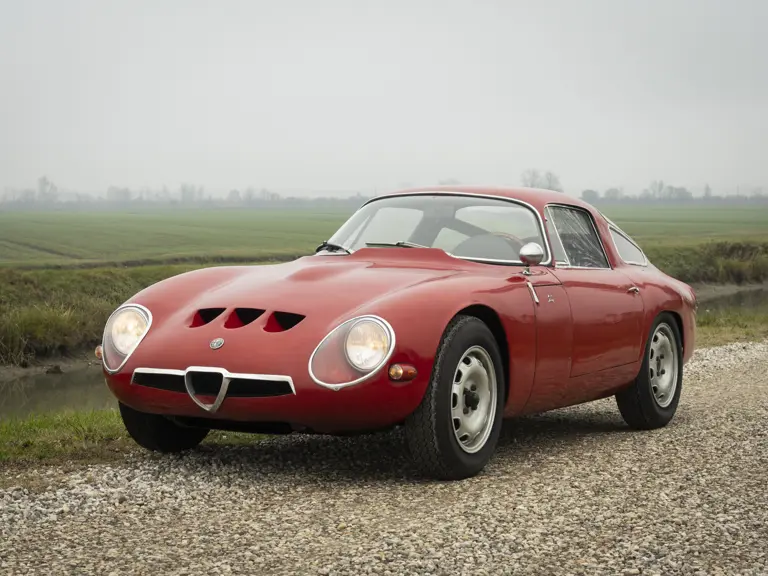


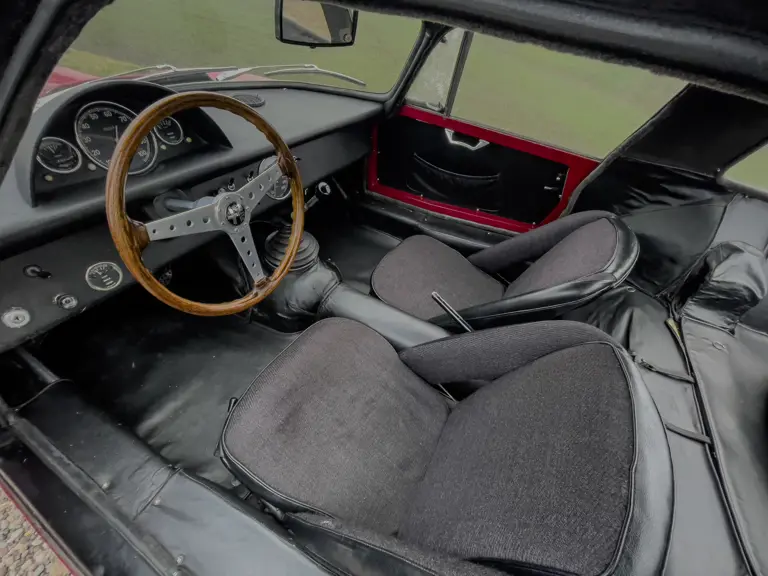

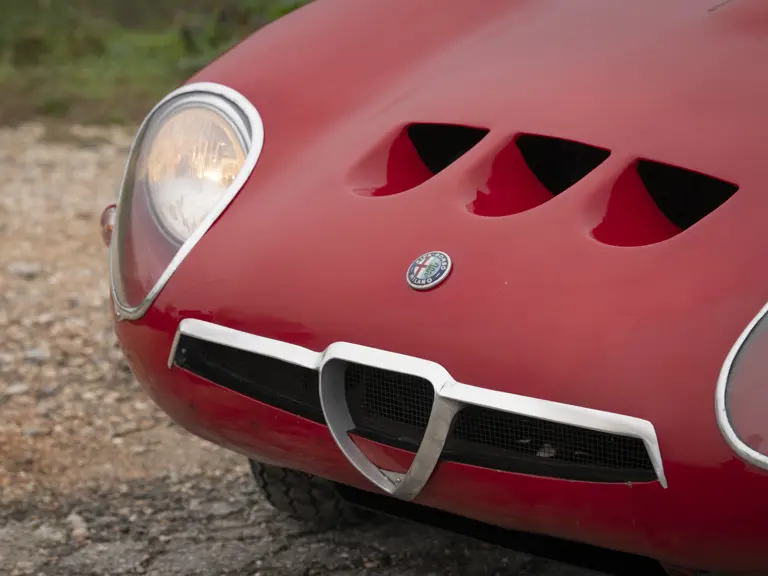

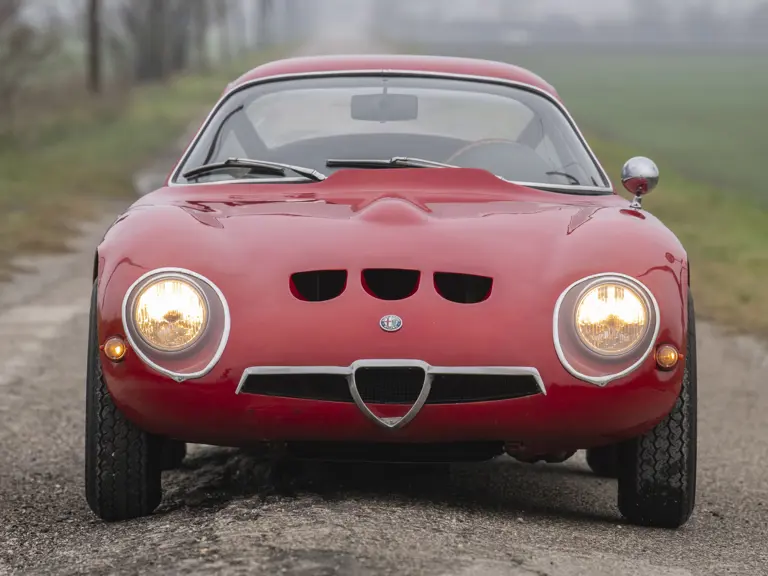
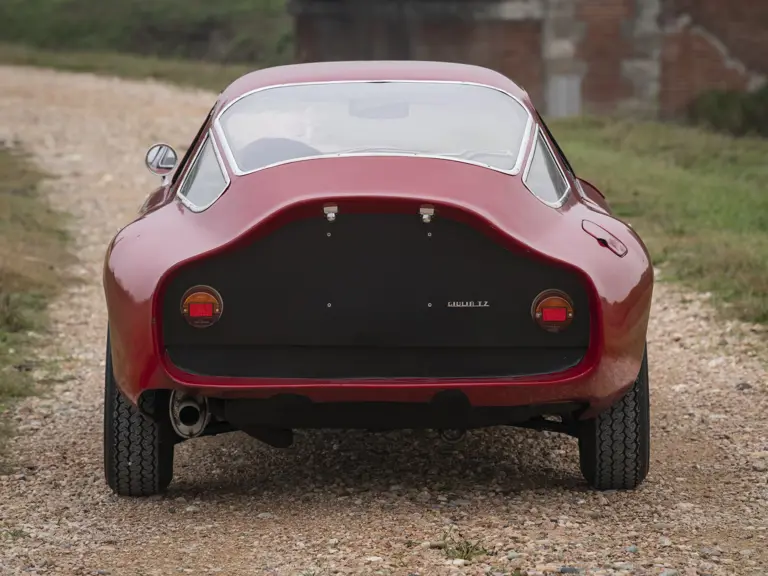

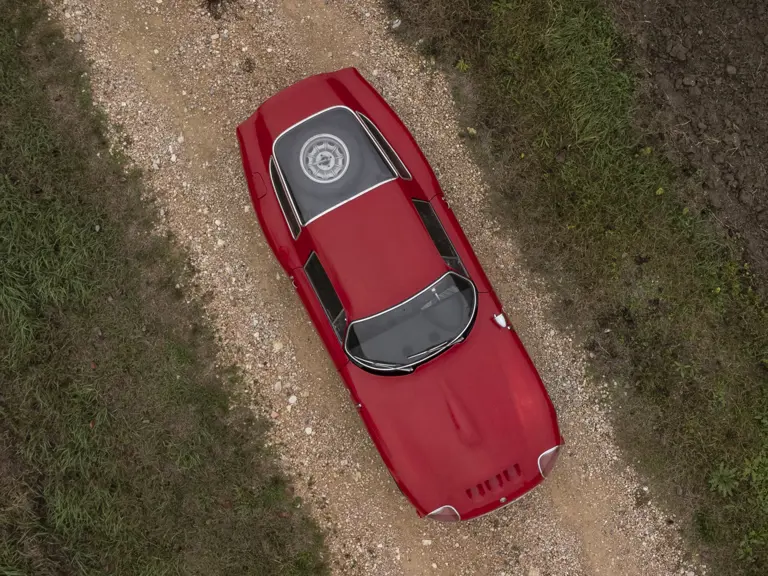
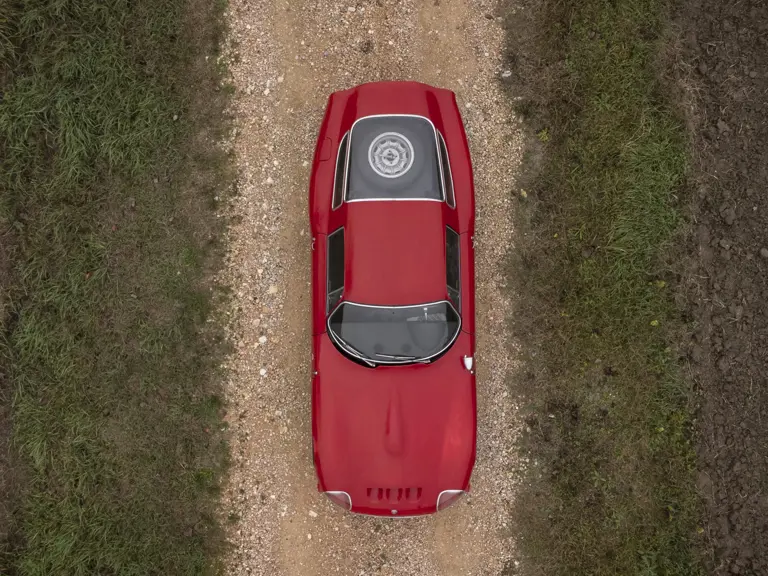
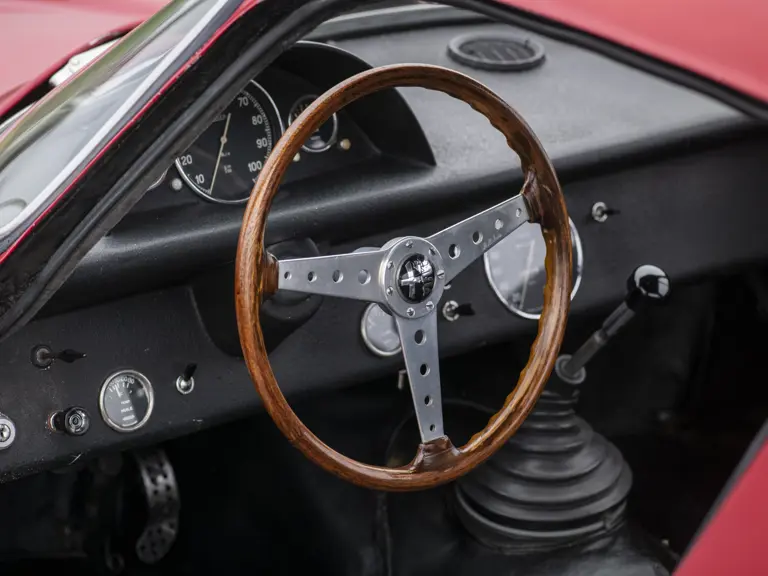
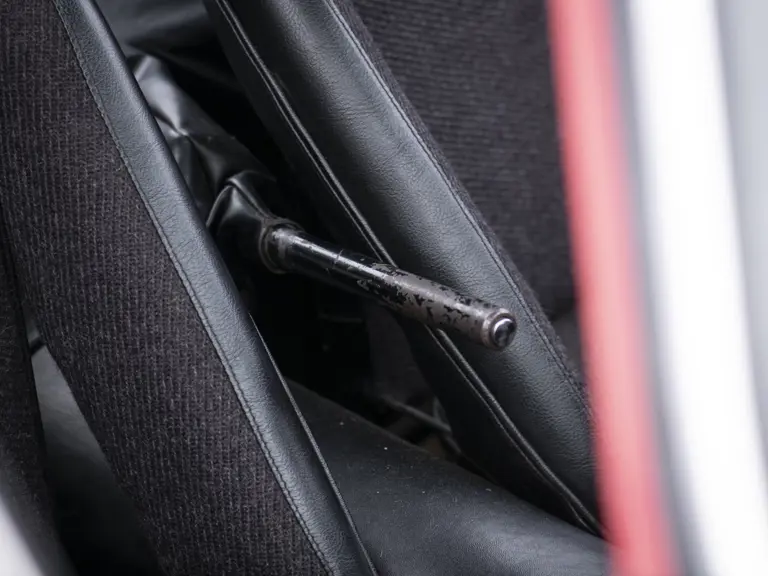
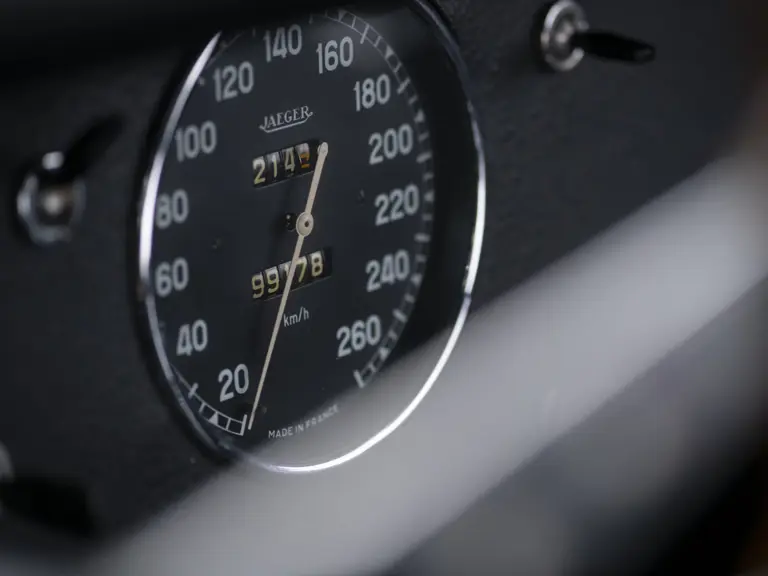
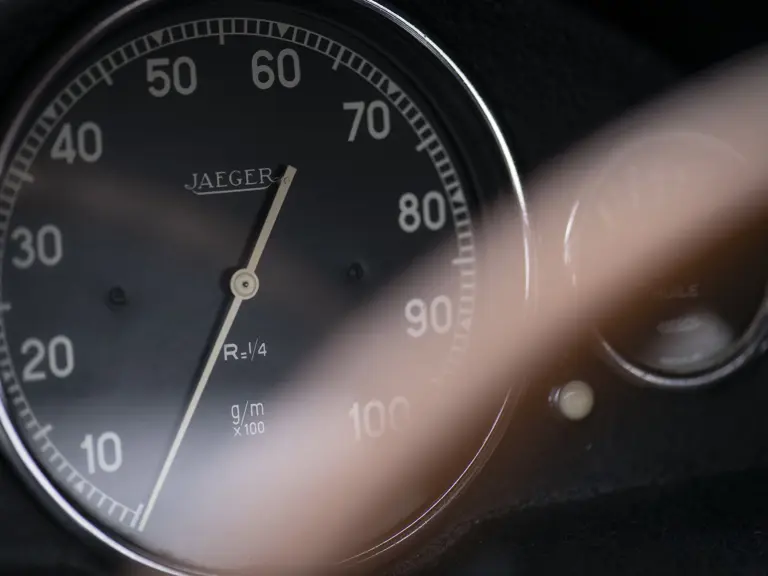


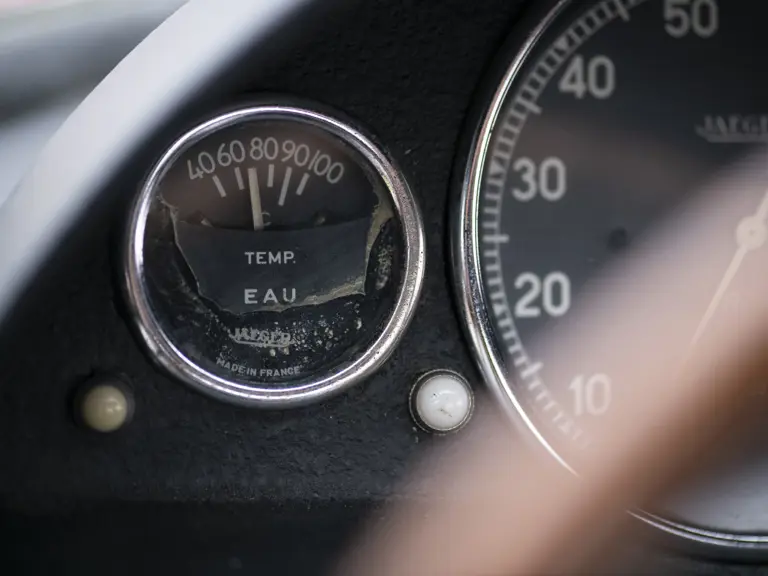

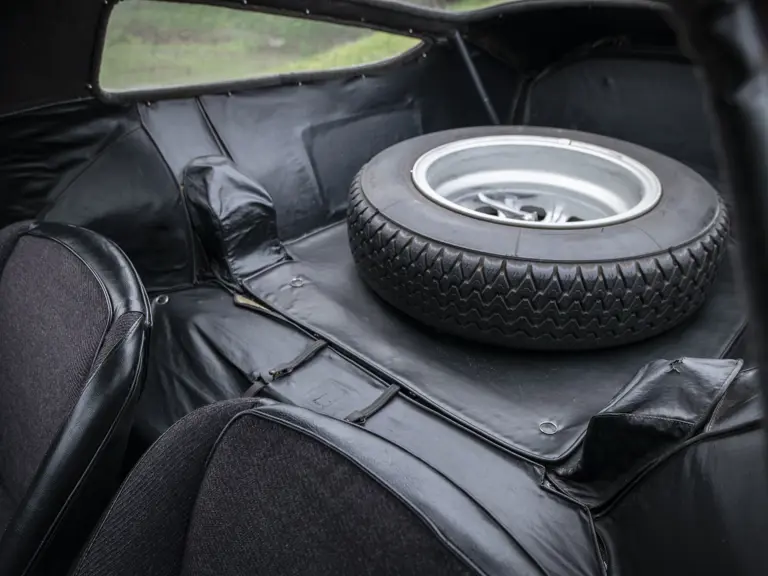
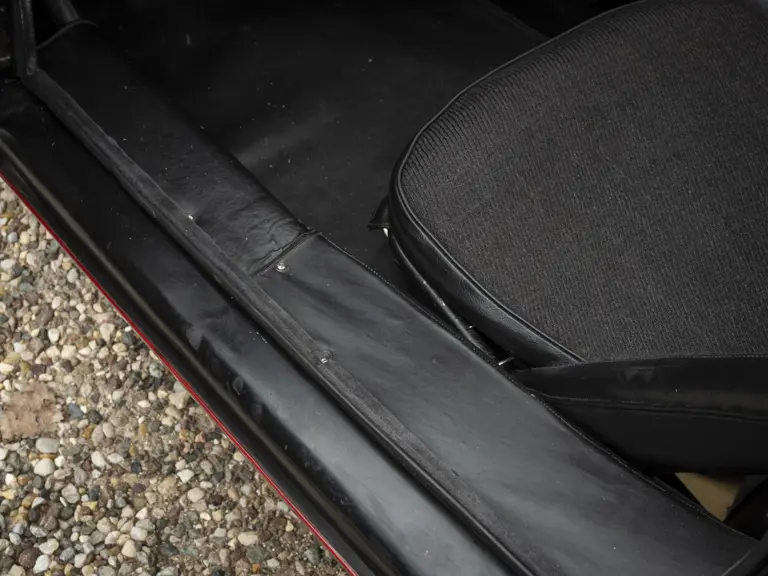


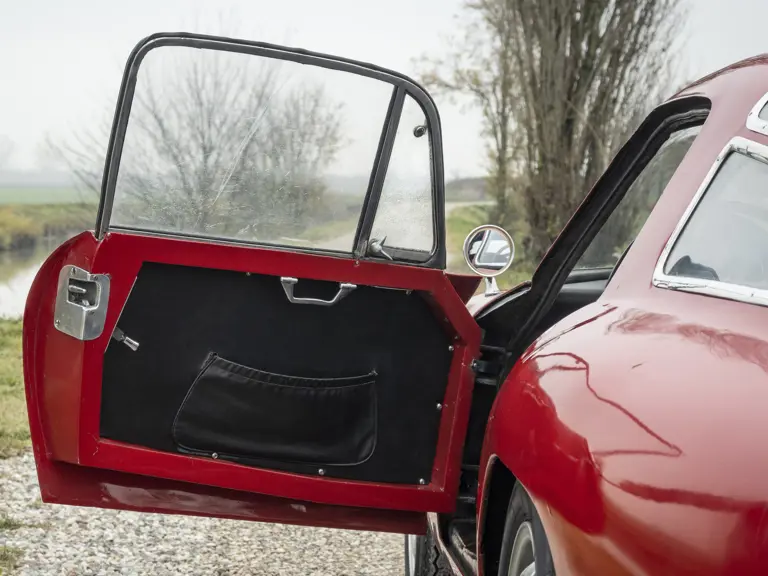
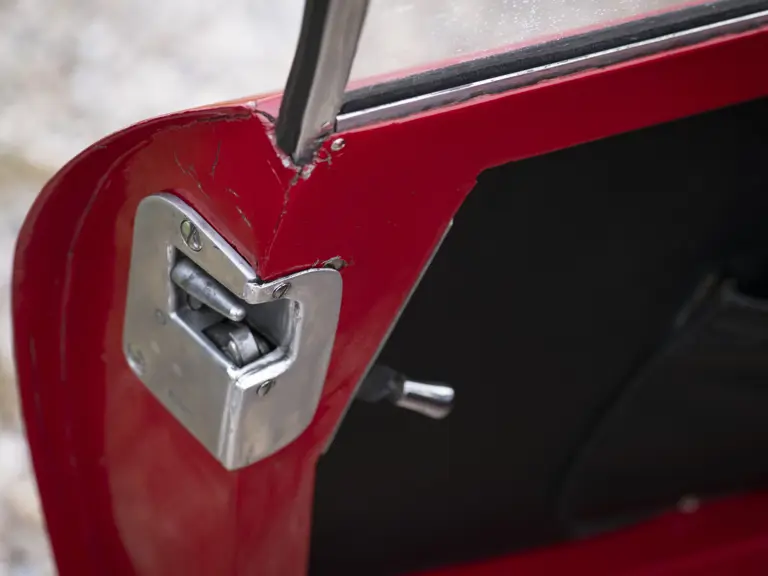

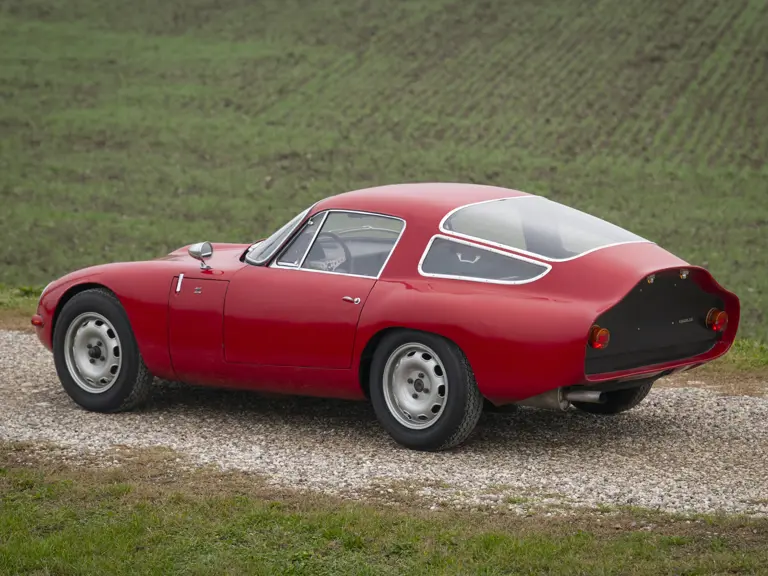
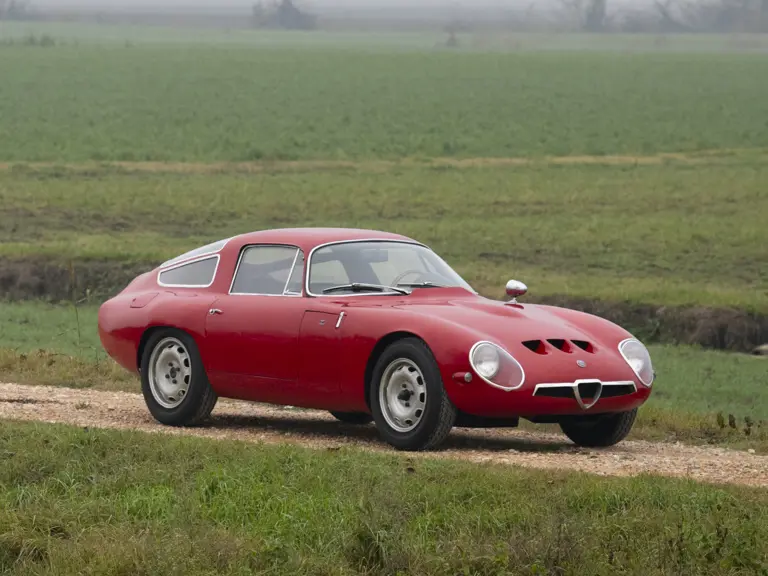

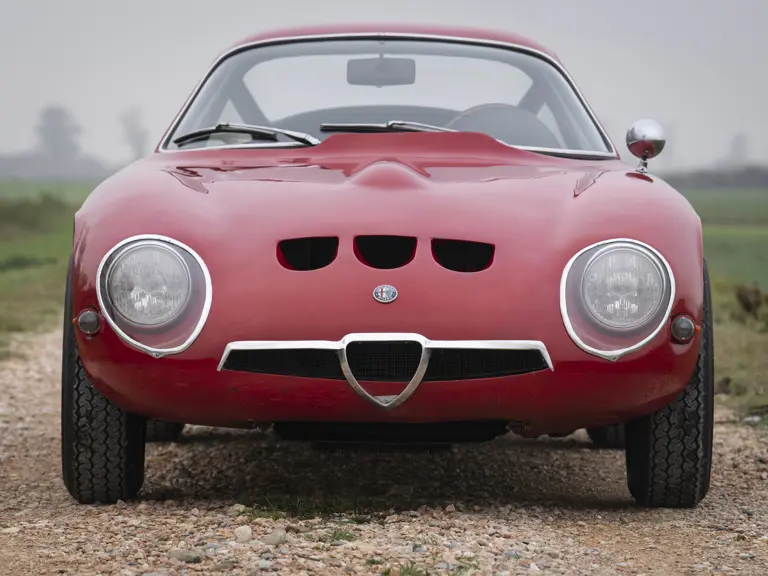
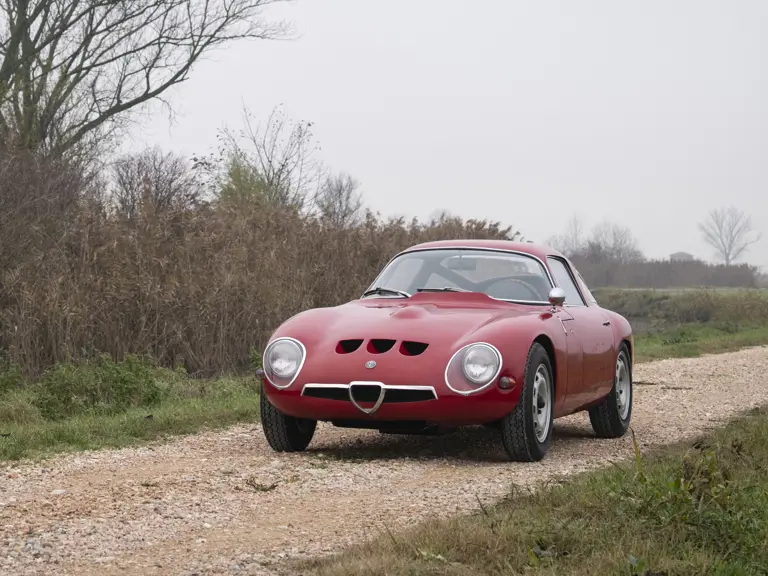
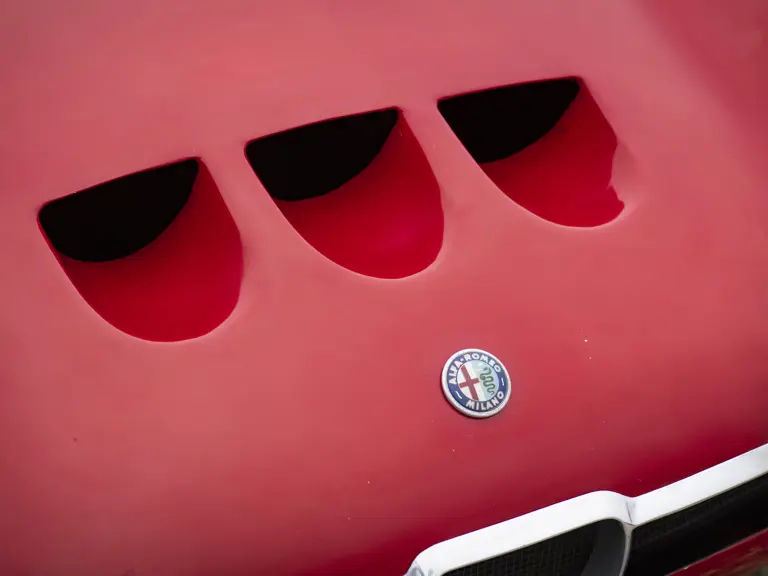
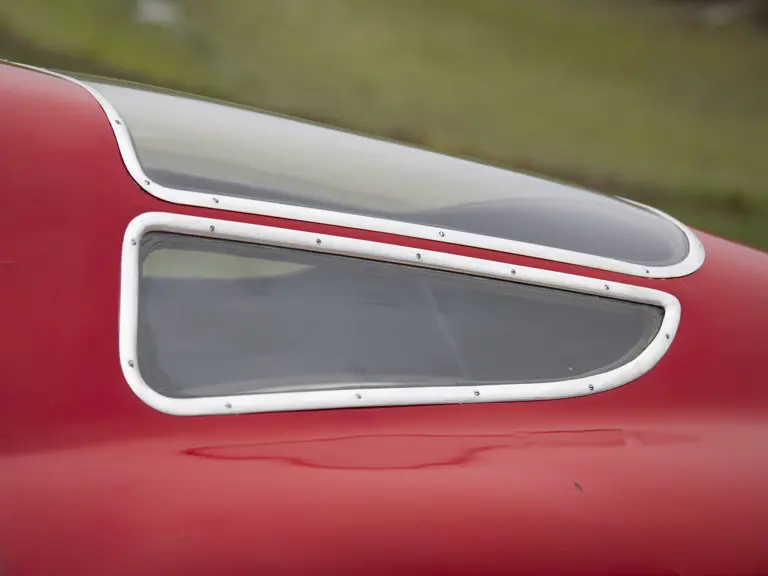
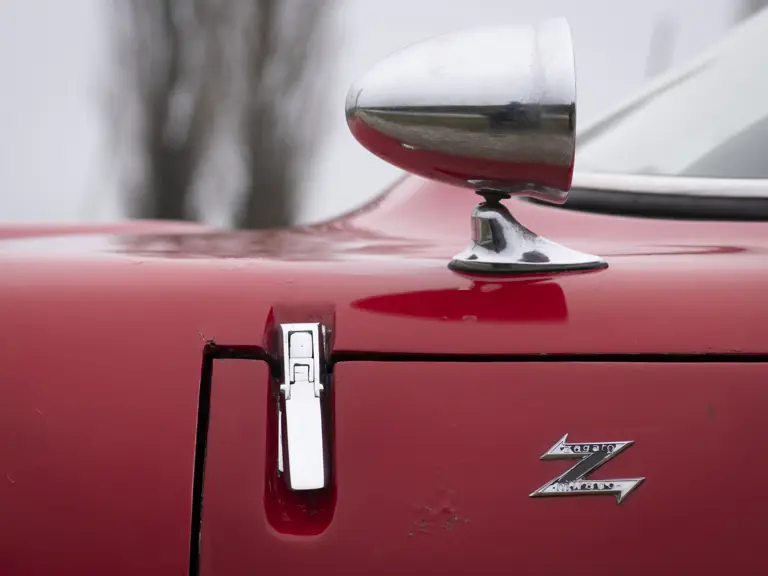
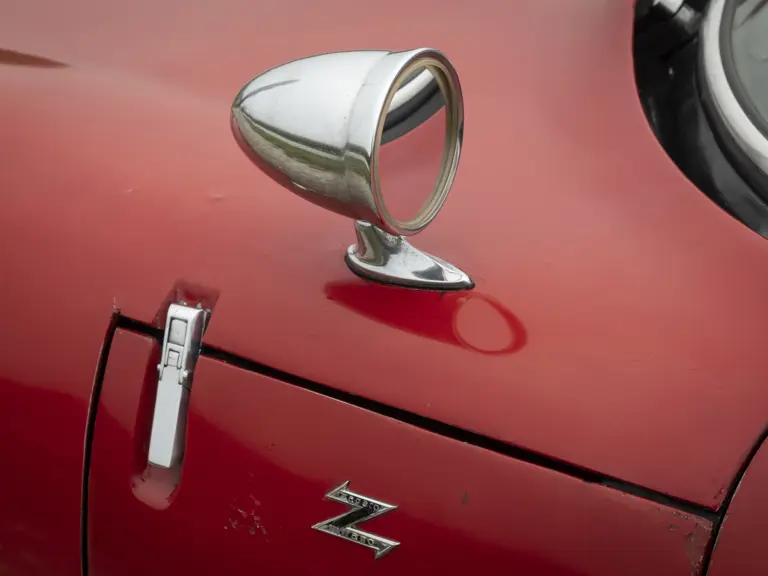

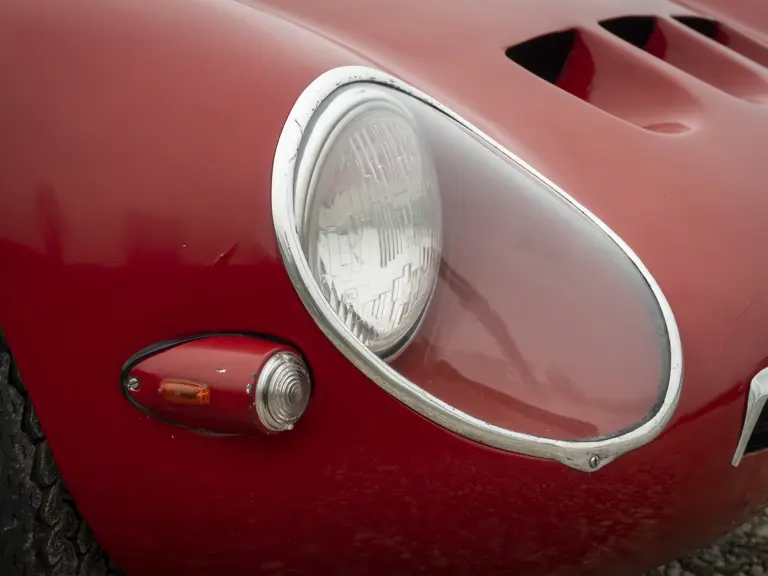
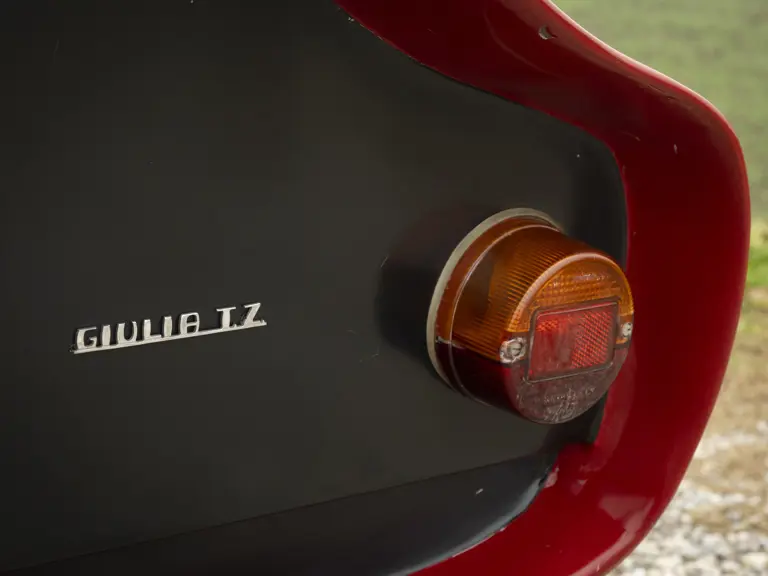
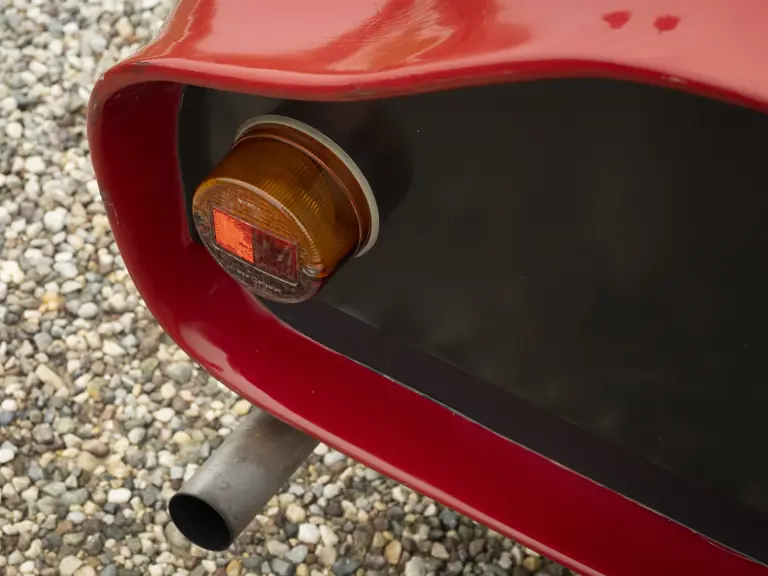
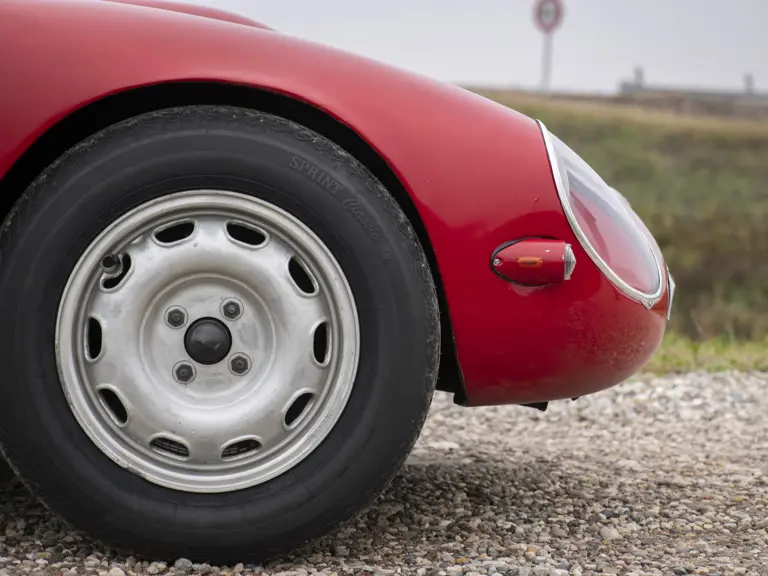
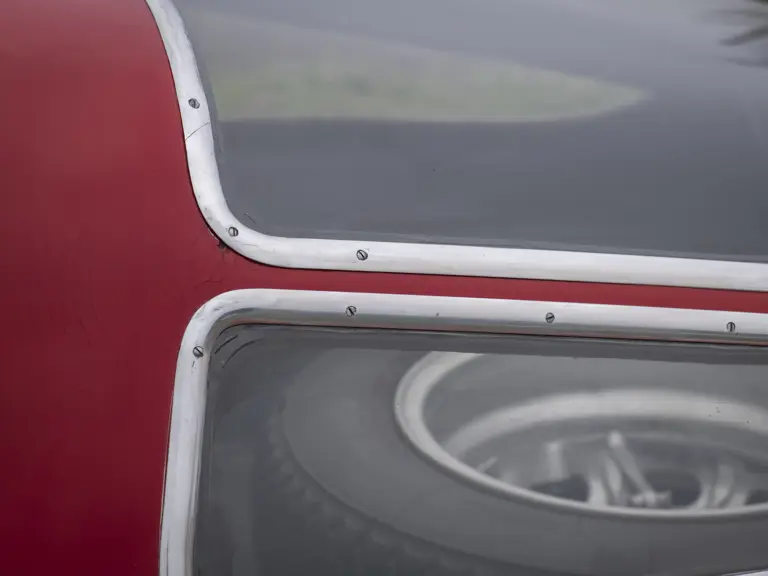
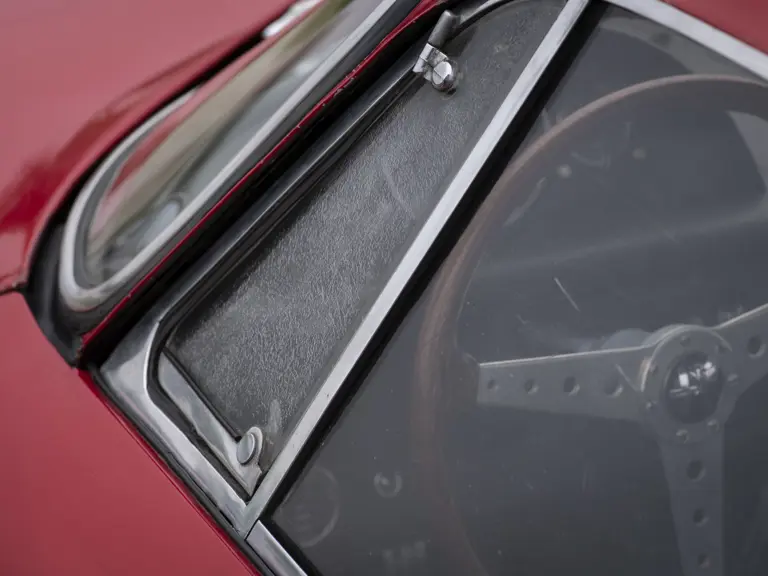
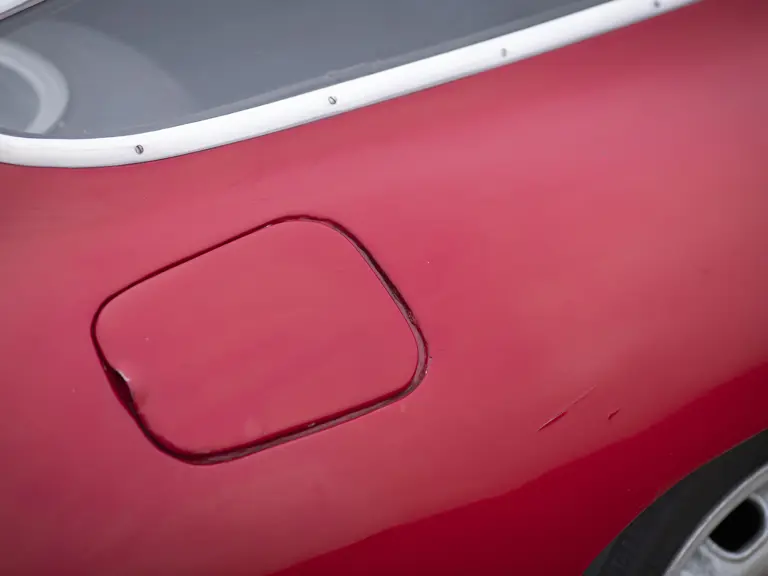
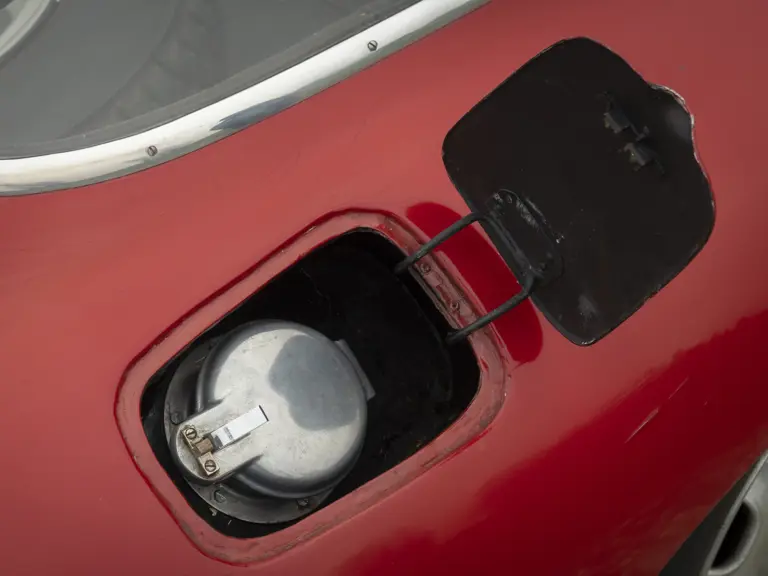

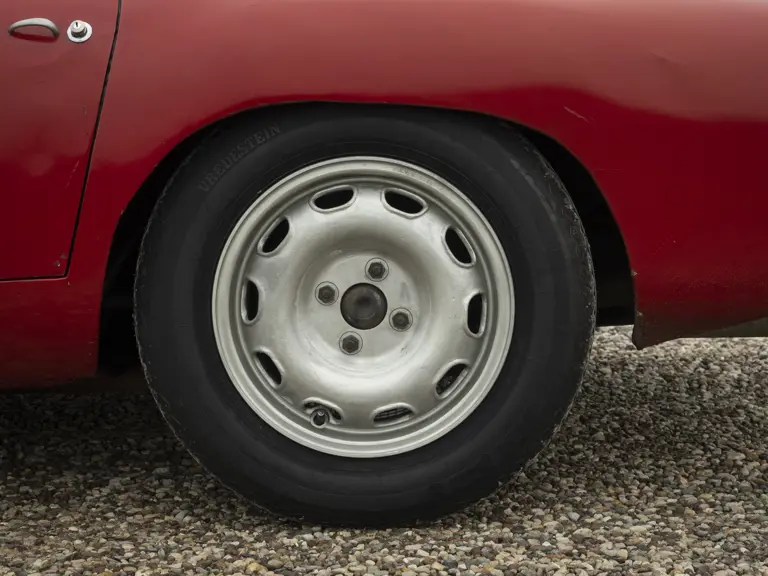
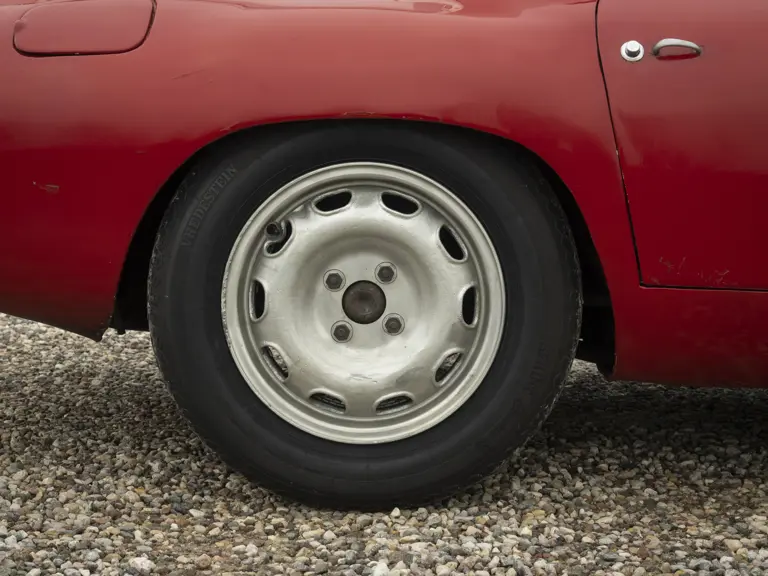
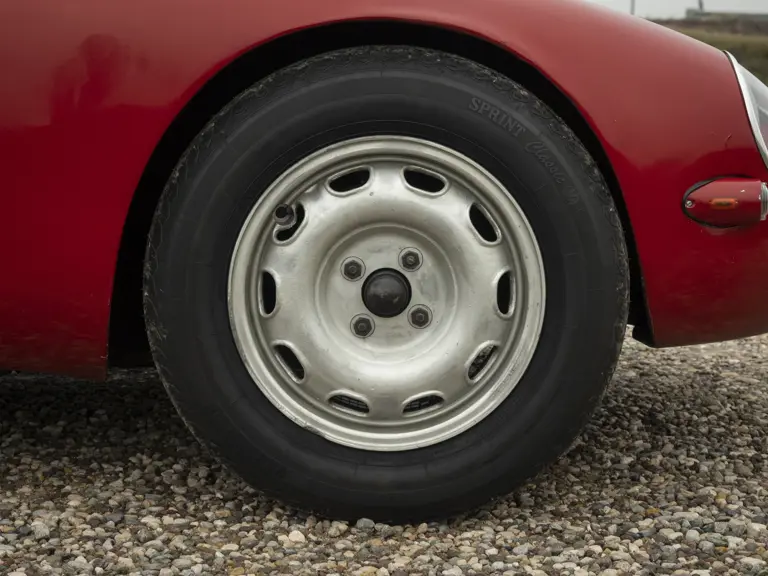
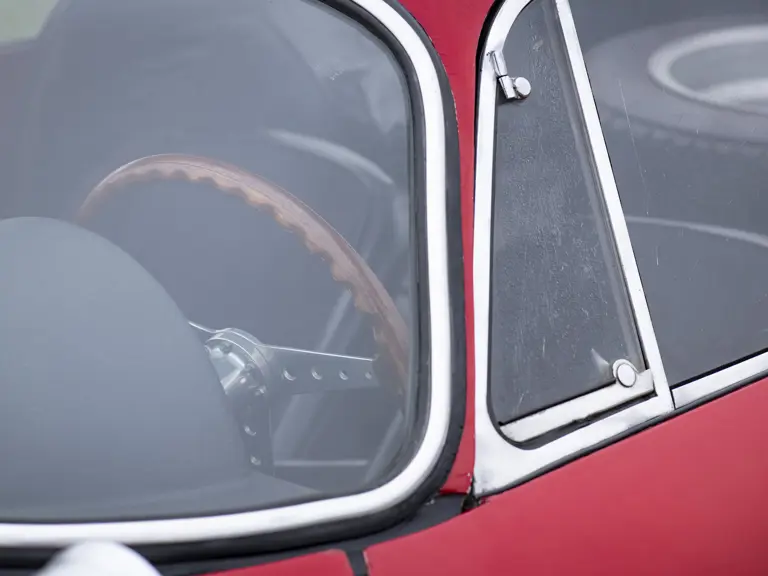

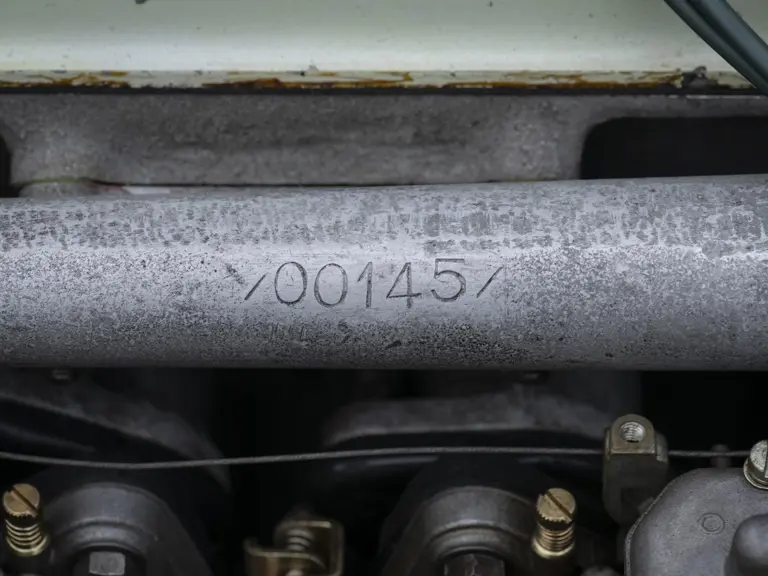
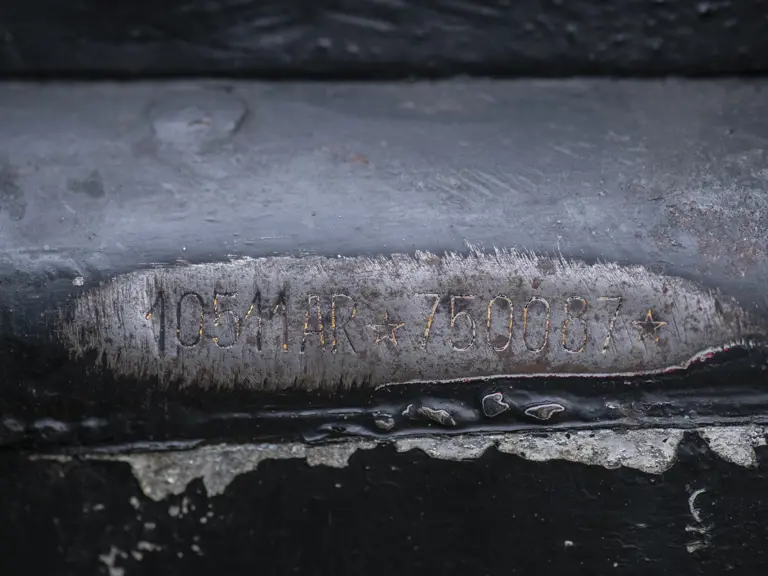
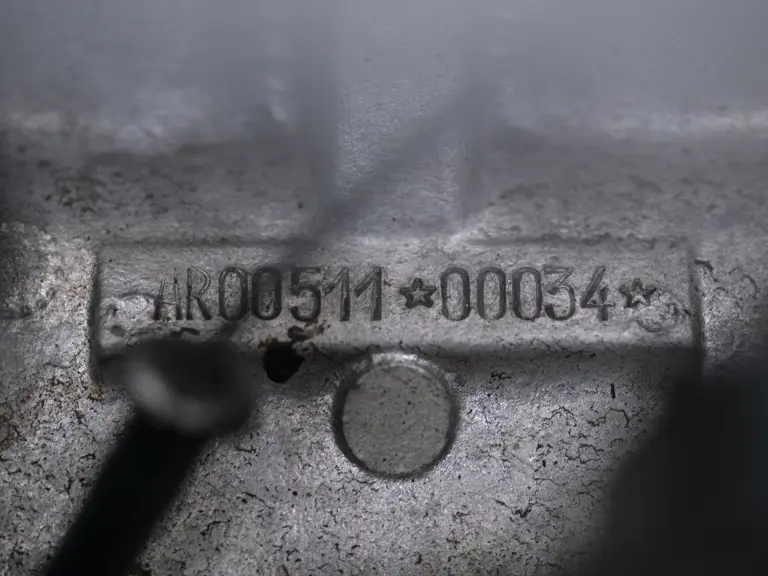

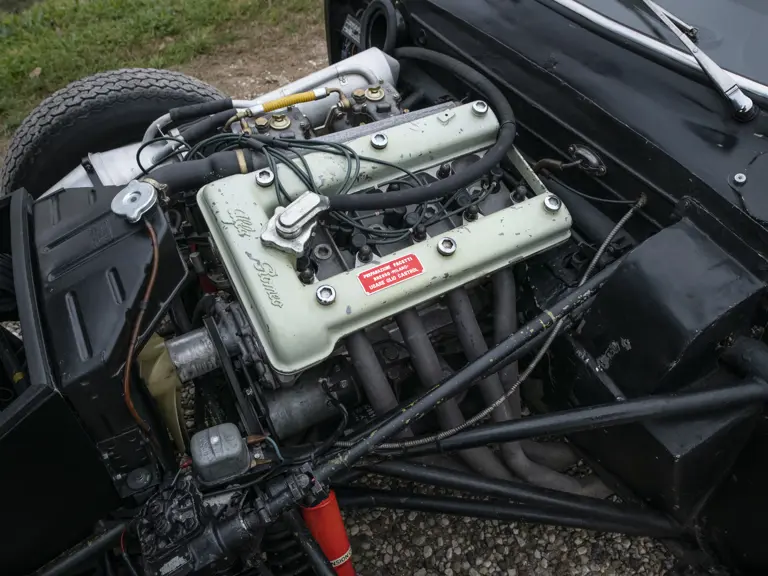
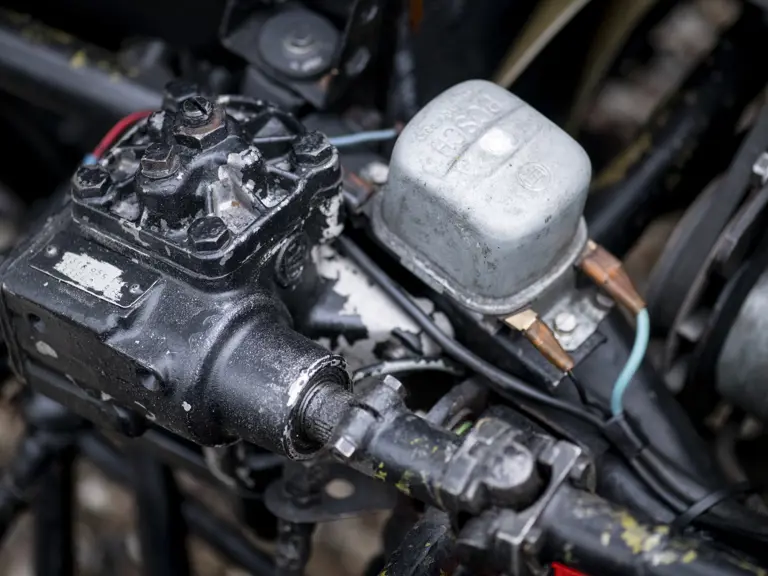
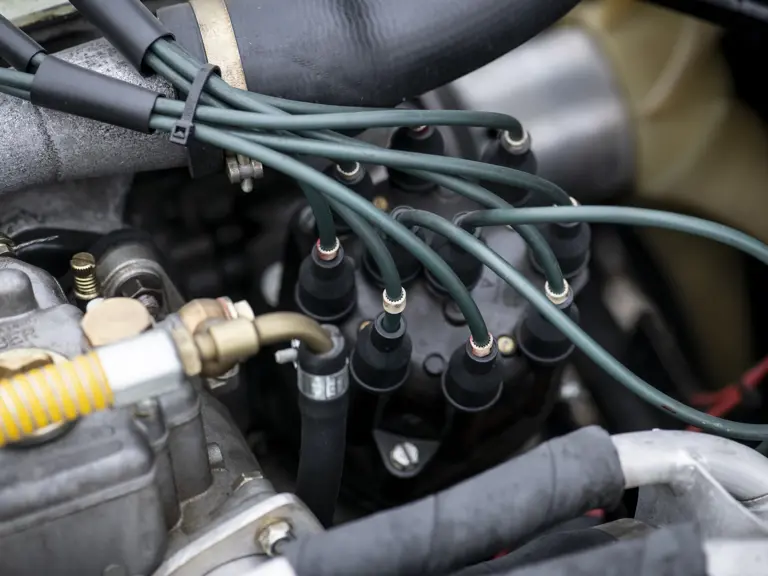
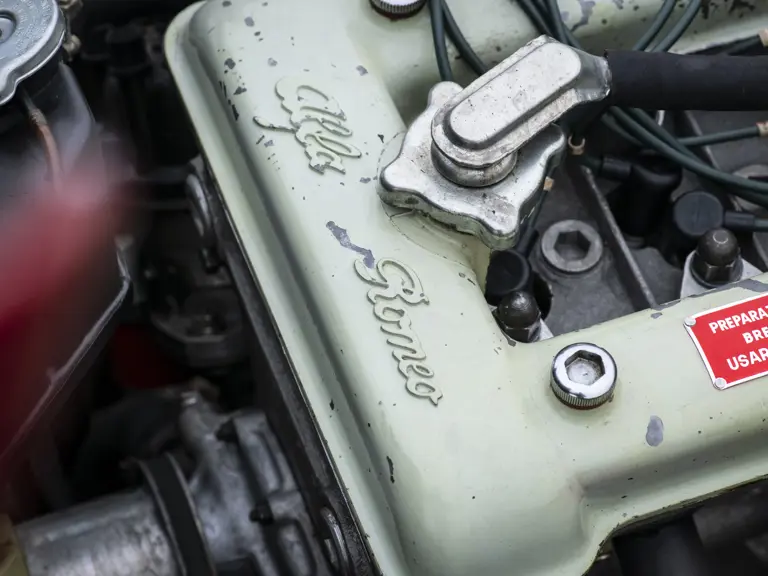
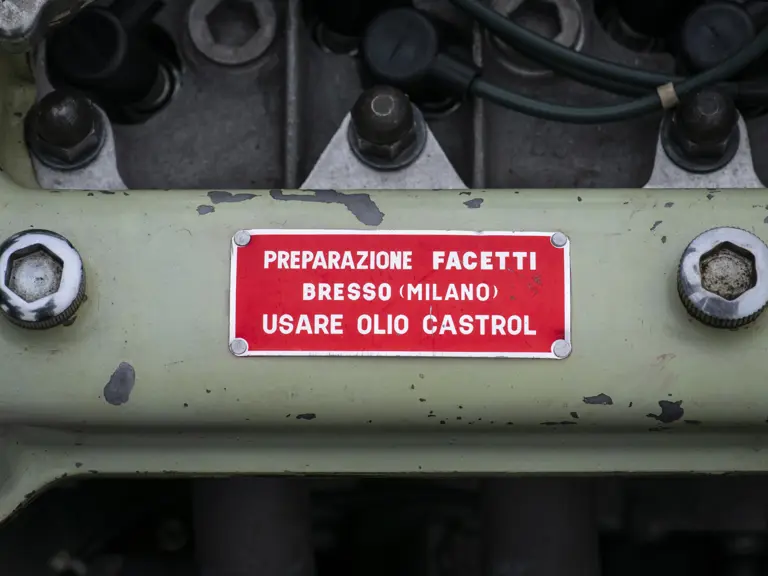
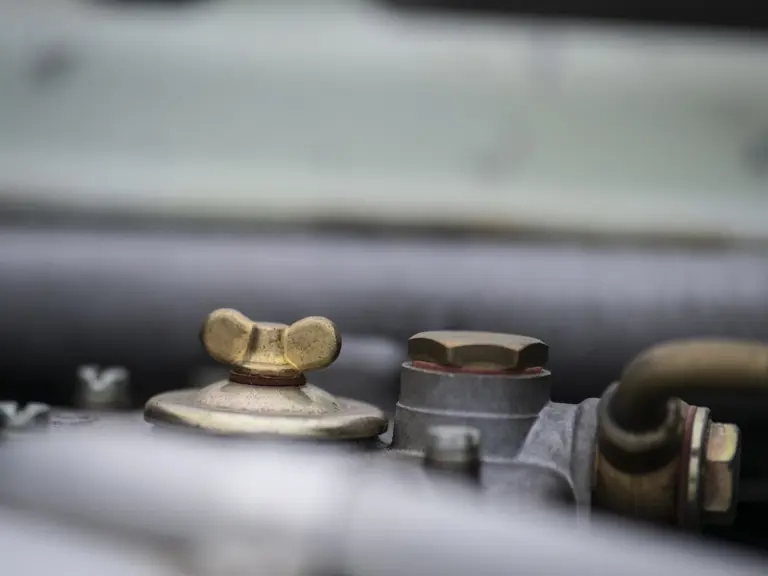
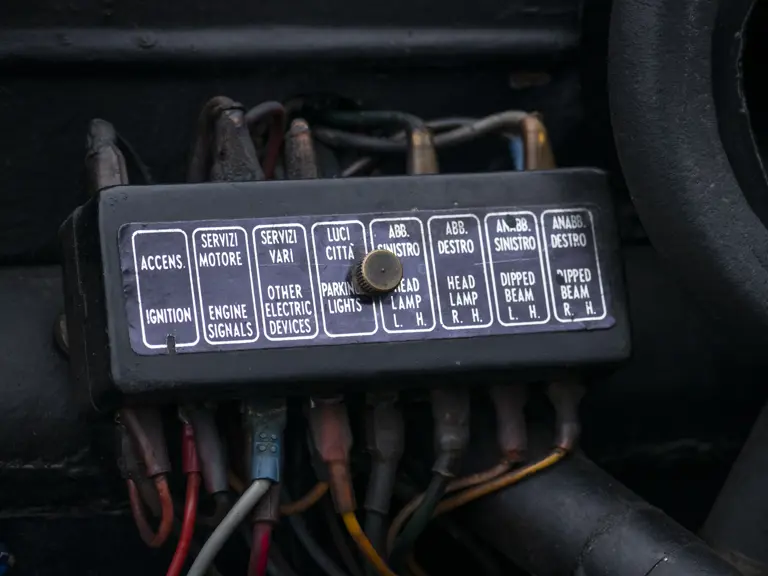
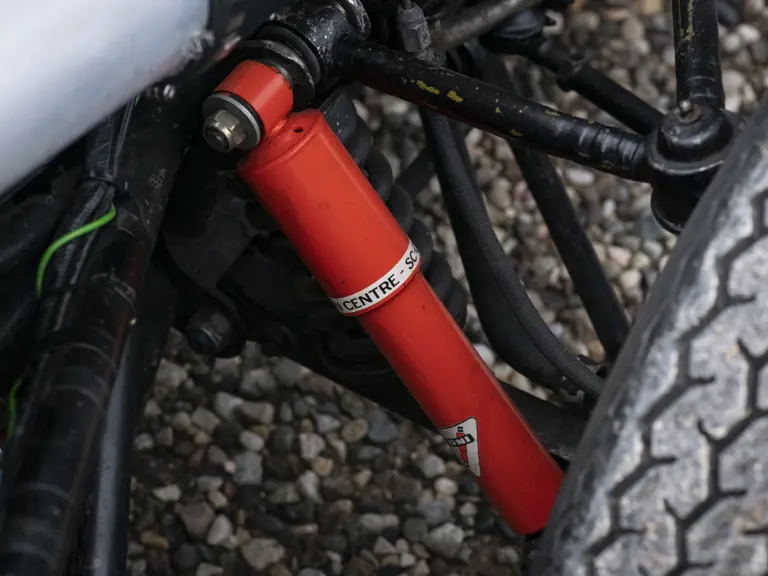
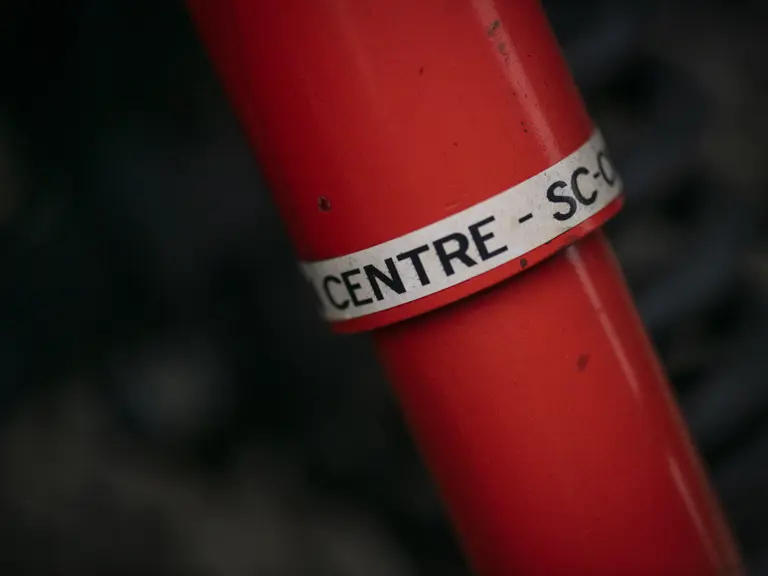
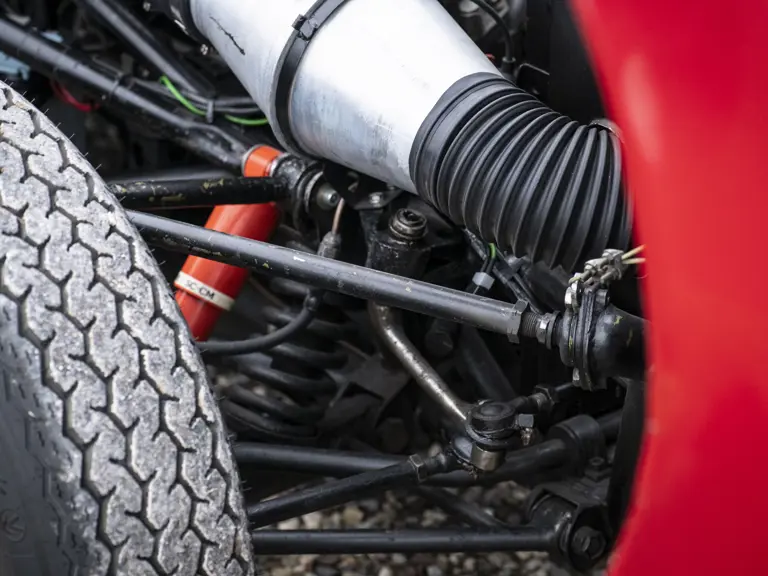
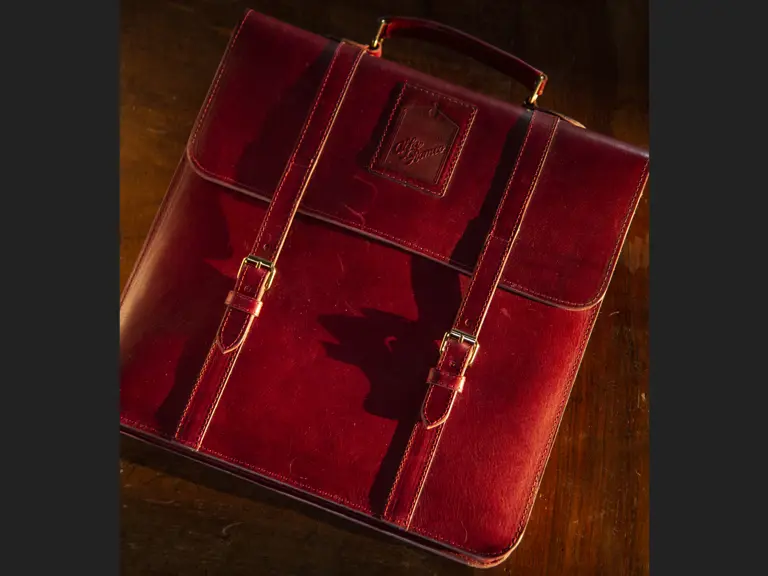
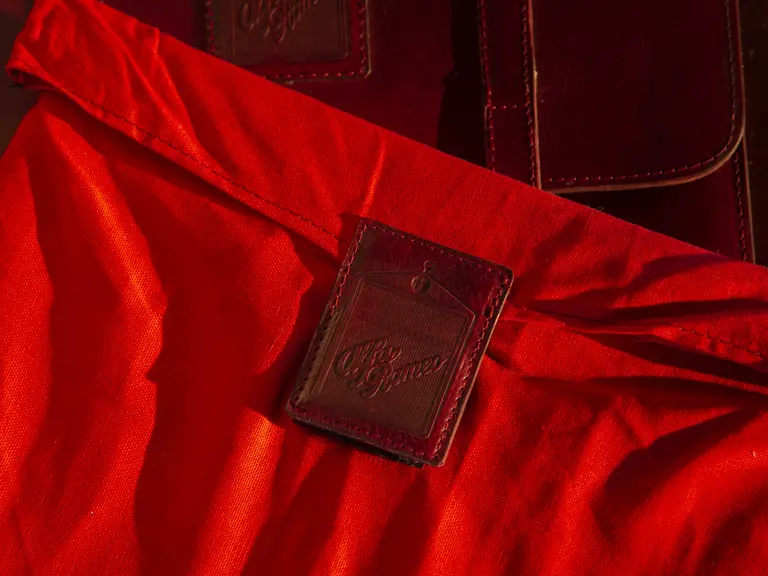

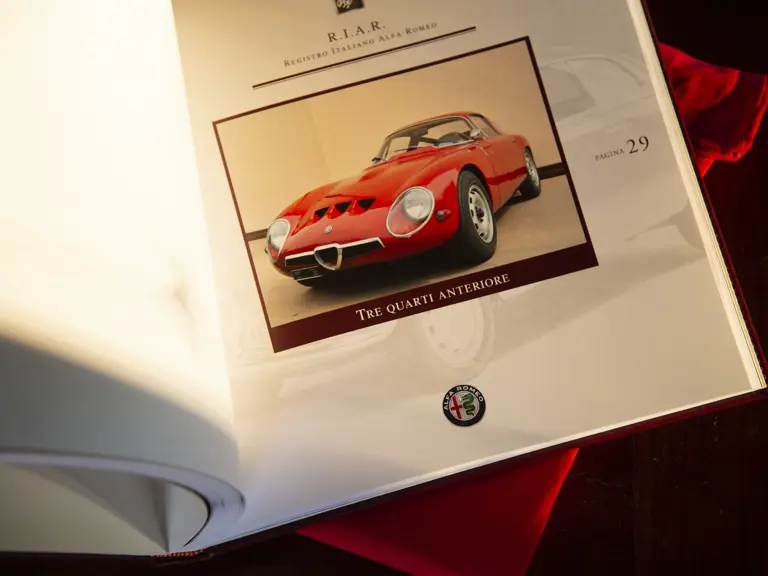
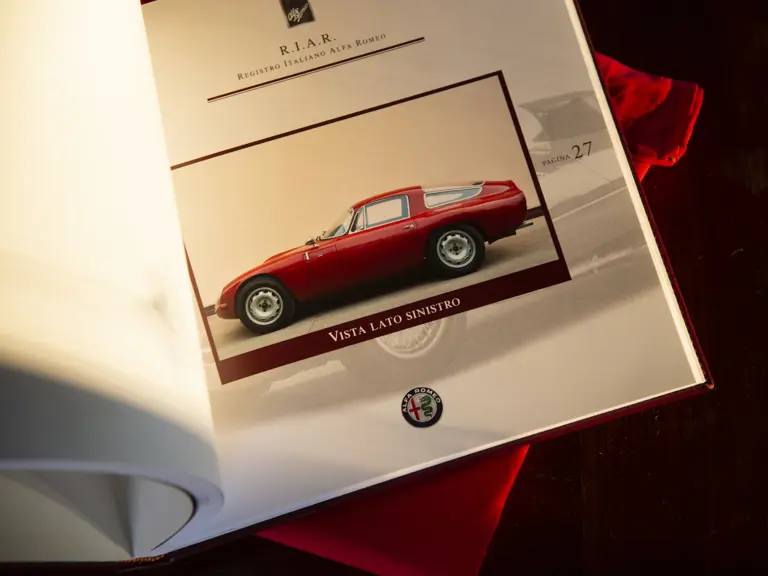
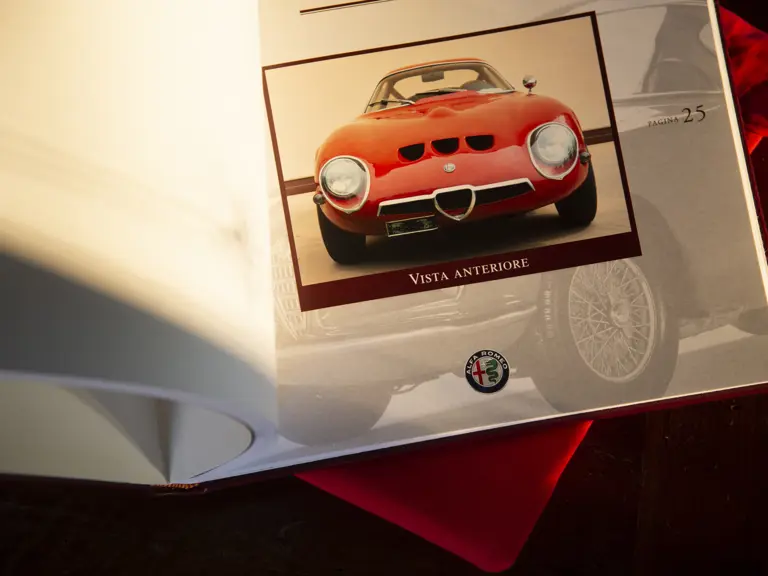
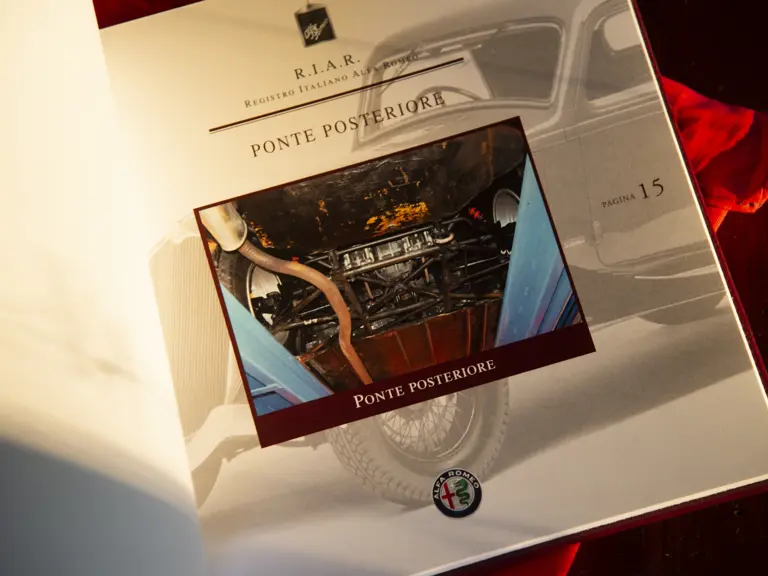
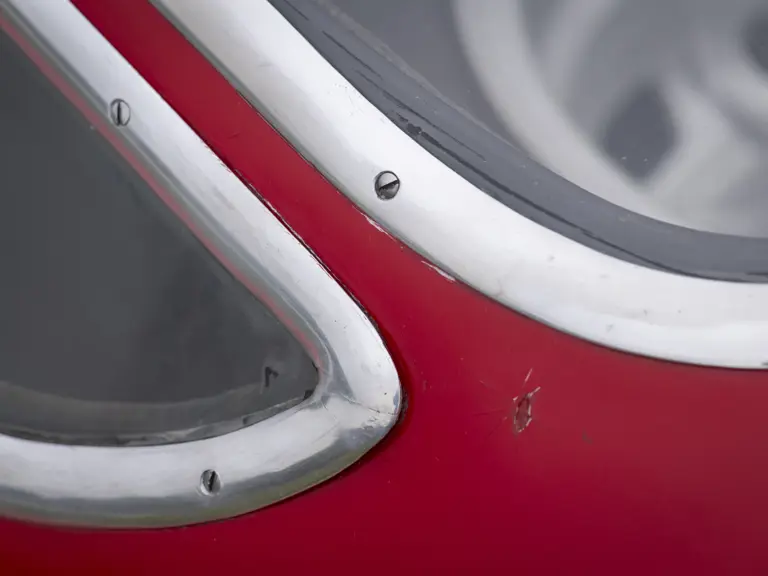

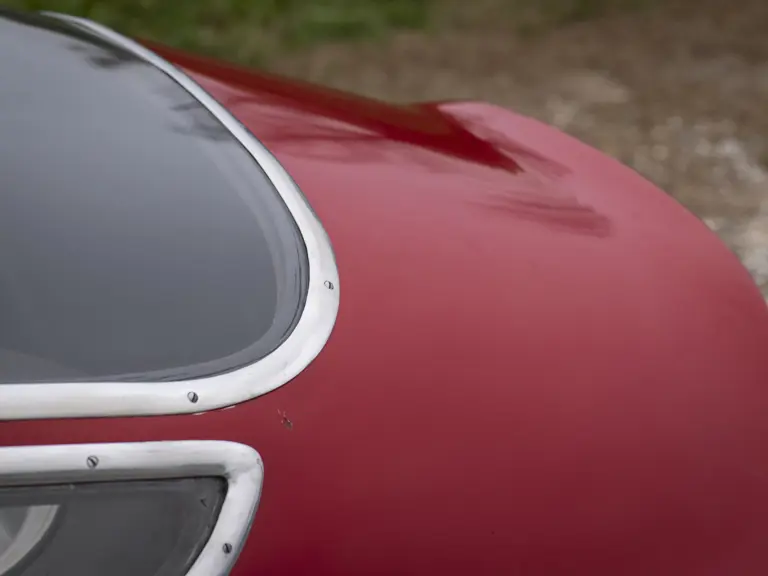
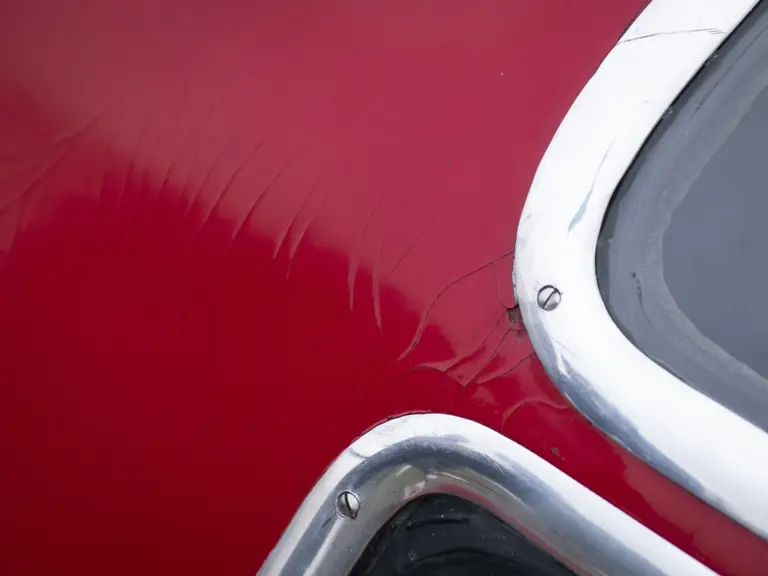
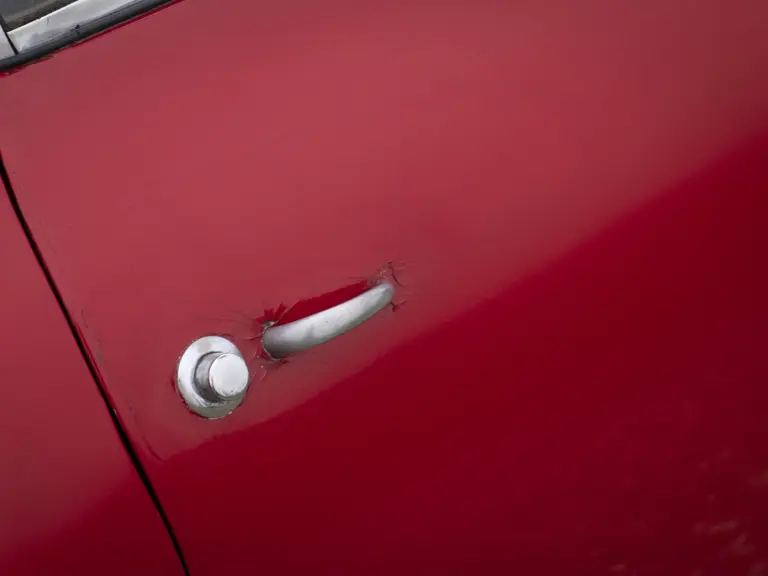

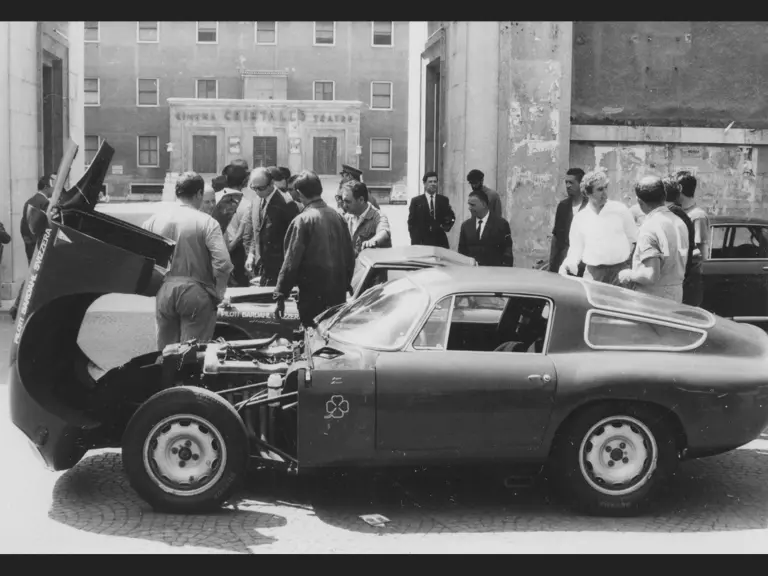

 | Paris, France
| Paris, France

